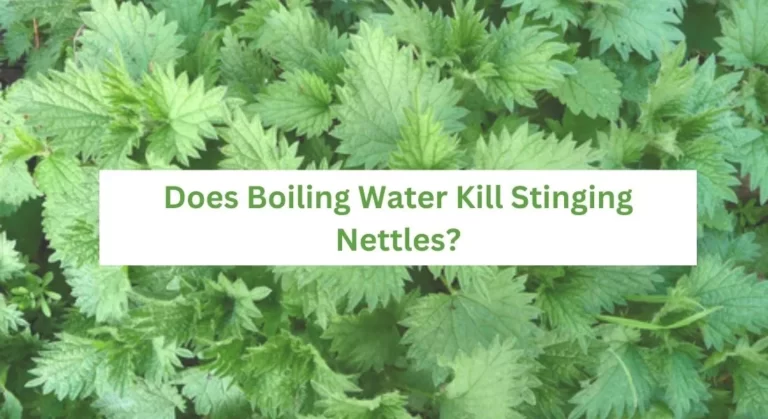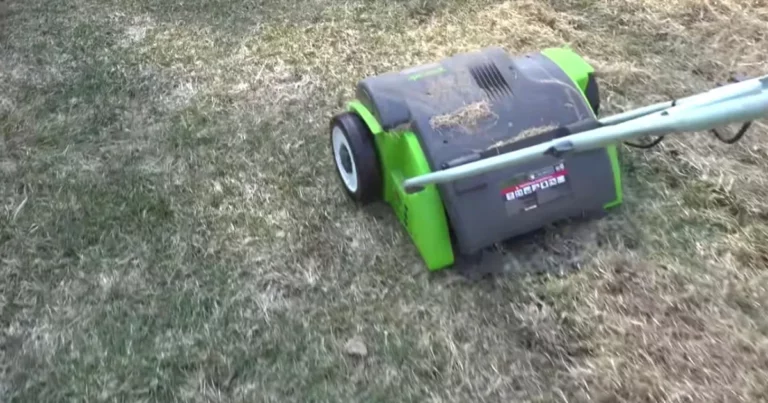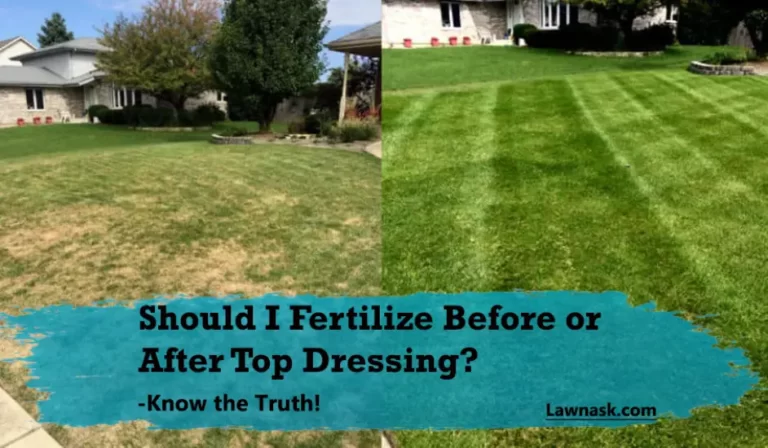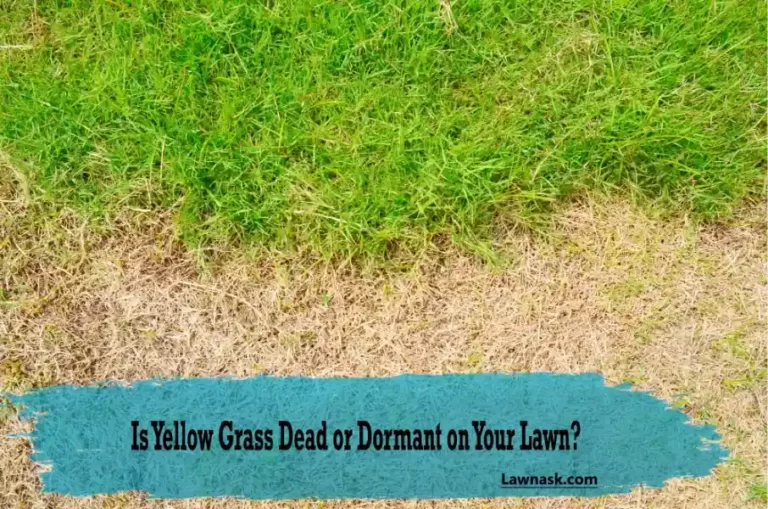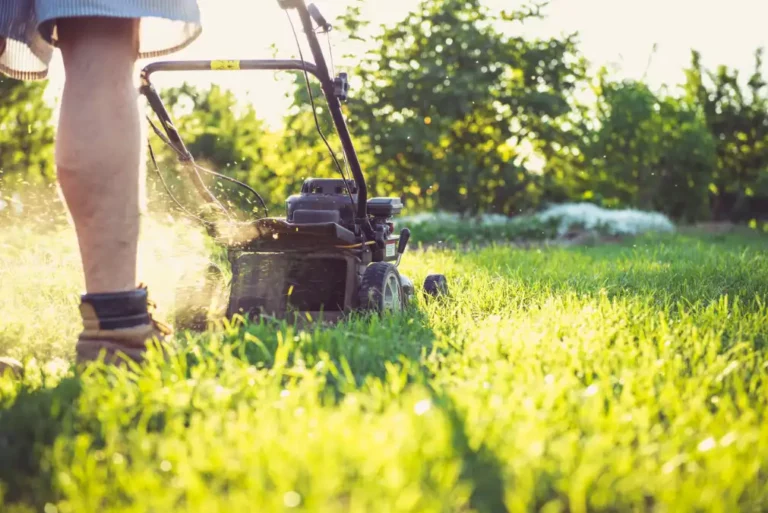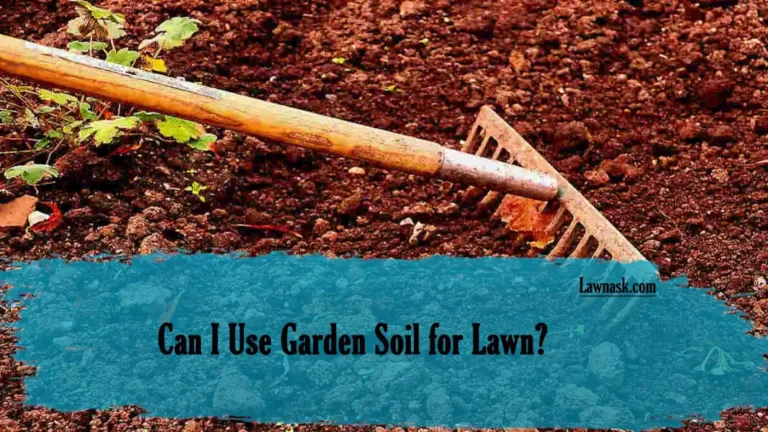What Month Should You Stop Cutting Grass?
If you’re new to lawn maintenance, it can be difficult to determine when to stop trimming the grass.
This article will help you to explore key factors like climate, grass type, and regional variations that influence when to stop mowing your lawn.
What Month Do You Stop Cutting Grass?
In general, it’s a good sign that it’s time to stop cutting the grass when the temperature drops and grass growth slows. This is typically around late October or early November, but it can vary depending on your specific climate and some other factors.
You may guarantee that you stop mowing at the proper moment to support a healthy and well-kept lawn by paying attention to these aspects.
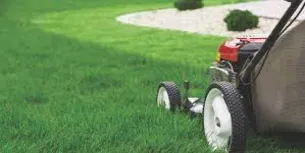
When To Stop Mowing Your Lawn – 3 Signs to Look For
If you want a healthy and lush lawn, it’s essential to know when to stop cutting grass for the season. So, how do you know when to stop mowing? Here are some signs to look out for:
Grass Height
One of the most telling signs that it’s time to stop mowing is when the grass height reaches around 2.5 to 3 inches. At this point, the grass blades have slowed down their growth, and mowing them further will expose the roots, leaving them vulnerable to winter frost.
Also, longer grass provides better insulation, protecting the soil and roots from temperature fluctuations.
Dormancy
When grass goes dormant, it’s essentially preparing itself for the winter by slowing down its growth and conserving energy.
Dormancy is usually noticeable when the color of the grass changes from bright green to a dull brown or yellowish hue. Once your lawn has hit this dormant stage, it’s a good idea to stop mowing to avoid unnecessary stress.
Seasonal Changes
When to stop cutting the lawn depends a lot on the season. It’s time to begin planning for winterizing your lawn as the temperature drops and the rate of grass growth decreases.
Therefore, it’s time to change your mowing plan as soon as you start to notice the color of the leaves on the trees changing and falling to the ground.
Benefits of Timing Your Last Cut
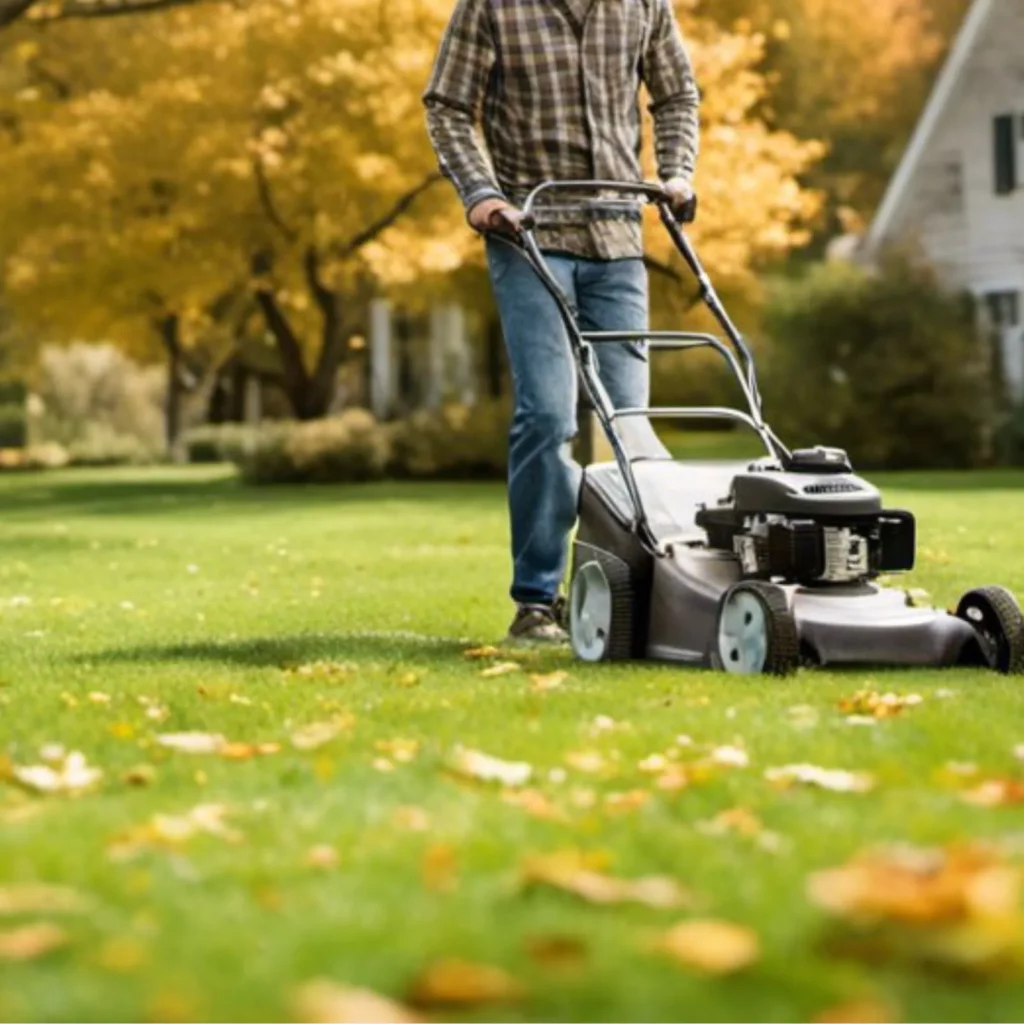
There are several advantages for your lawn when you know when to stop trimming the grass. You may encourage your lawn to flourish and maintain good health throughout the dormant season by timing the last trim properly.
Let’s look at a few advantages of timing your last cut:
1. Improved Lawn Health
Cutting your grass too short in the fall can leave it vulnerable to diseases and pests. By stopping at the right time, you give your lawn the chance to accumulate nutrients and prepare for the winter season.
2. Better Aesthetics
Letting your grass grow a bit longer before the dormant season can give it a lush, full appearance that boosts your home’s curb appeal.
3. Weed Prevention
Allowing your grass to grow a bit longer in the fall can also help prevent weed growth. In order to maintain your lawn looking healthy and weed-free, longer grass can shade the soil. This will also prevent weed seeds from growing.
4. Easier Maintenance
By stopping mowing at the right time, you can avoid having to spend time and energy mowing a lawn that isn’t growing. In the long term, this can save you both time and money.
Preparing Your Lawn for the Off-Season
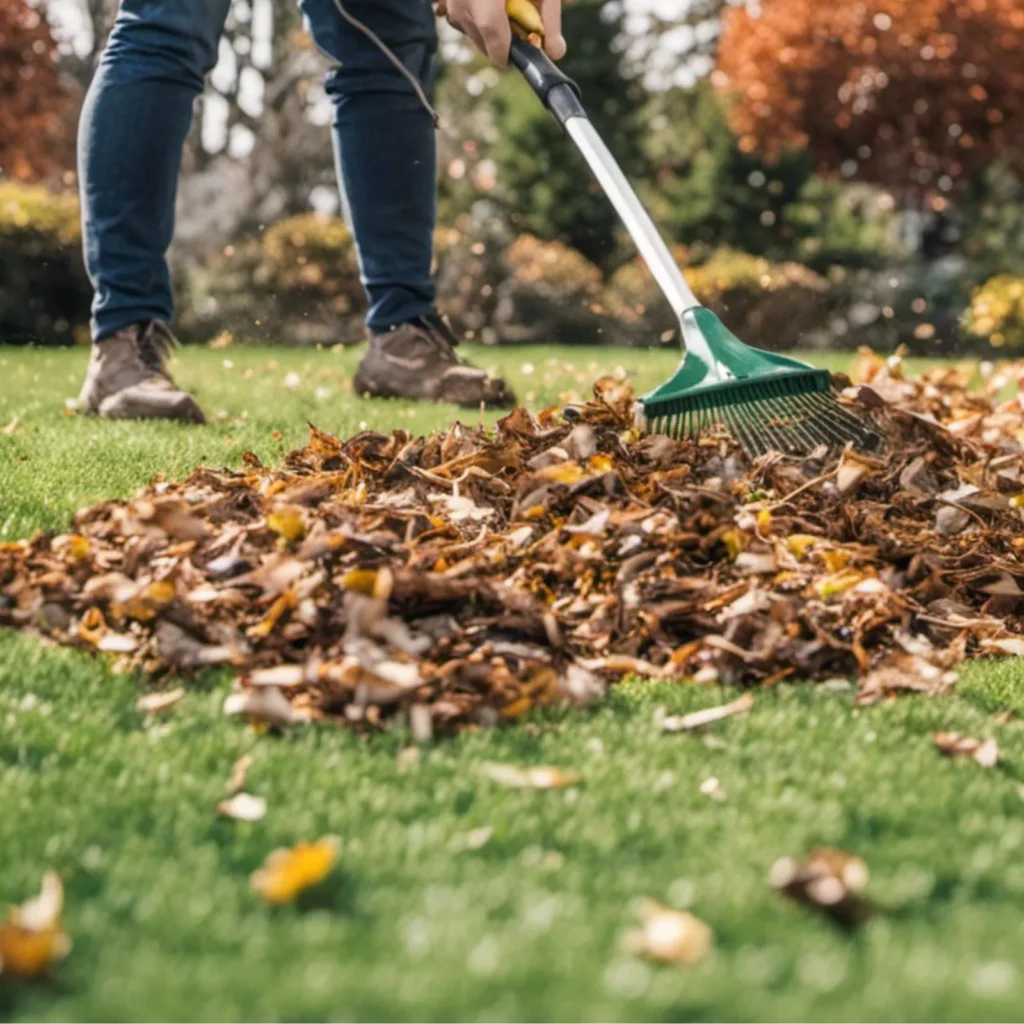
It’s important to prepare your lawn for the upcoming dormant months as the mowing season comes to a close.
A healthy lawn in the spring is the outcome of thorough preparation, which keeps the grass healthy throughout the winter. Here are some essential tasks to consider when preparing your lawn for the off-season:
Aerating
Aeration involves:
- Creating small holes in soil.
- Enhancing air, water, and nutrient penetration.
- Preventing soil compaction and drainage issues.
- Best done in the fall to stimulate root growth and prepare for winter.
Fertilizing
Using fall fertilizer:
- Provides vital nutrients for grass.
- Protects and strengthens during dormancy.
- Opt for slow-release fertilizer for gradual nutrient release.
- Promotes steady growth and reduces lawn damage risk.
Removing debris
Clearing leaves, branches, and litter:
- Prevents grass smothering and fungal growth.
- Use raking or leaf blowers.
- Protects against excess moisture for healthy grass
When To Stop Mowing Your Lawn – FAQs
When should I stop mowing my lawn in the fall?
This is usually in late October or early November, but it varies based on your temperature and grass type.
What are some visual cues that indicate it’s time to stop mowing?
Visual cues such as grass height, dormancy, and seasonal changes can help determine when to stop mowing.
Should I mow my lawn when it’s wet?
Do not mow wet grass. Wet grass may be more challenging to trim uniformly and may cause clippings to clump together, preventing sunshine from reaching the grass and perhaps causing damage.

